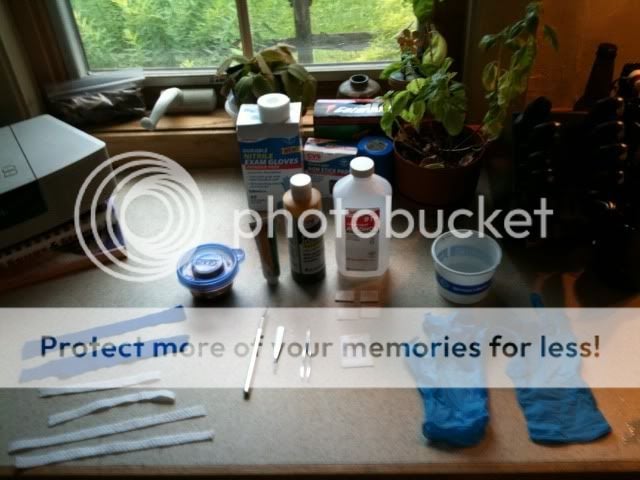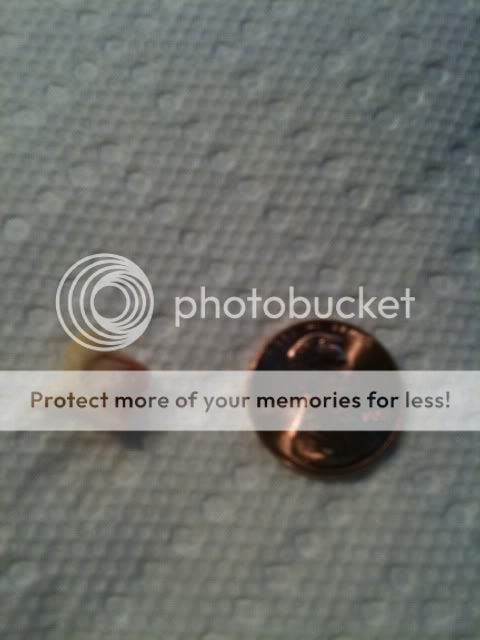Quote:
How would a person know if a chicken has just a callous and not bumblefoot?
I'm not aware that they get callouses but if they have a black scab and any swelling - it's most likely bumblefoot.
No swelling that I can see, but a little "scab" ...
I'm certain its because of their run, it was really dried out this summer and was like friggen concrete, the poor girls! If only they hadn't eaten and scratched away all the grass LOLOL.
I have 3 or 4 that have it so far, very minor, tiny scabs.
How would a person know if a chicken has just a callous and not bumblefoot?
I'm not aware that they get callouses but if they have a black scab and any swelling - it's most likely bumblefoot.
No swelling that I can see, but a little "scab" ...
I'm certain its because of their run, it was really dried out this summer and was like friggen concrete, the poor girls! If only they hadn't eaten and scratched away all the grass LOLOL.
I have 3 or 4 that have it so far, very minor, tiny scabs.








